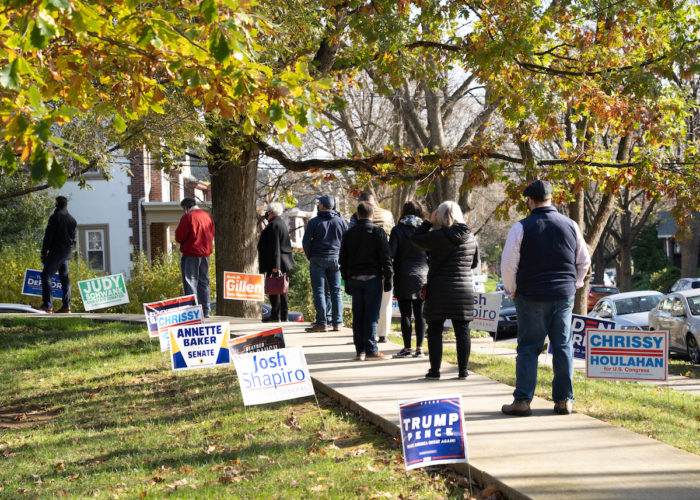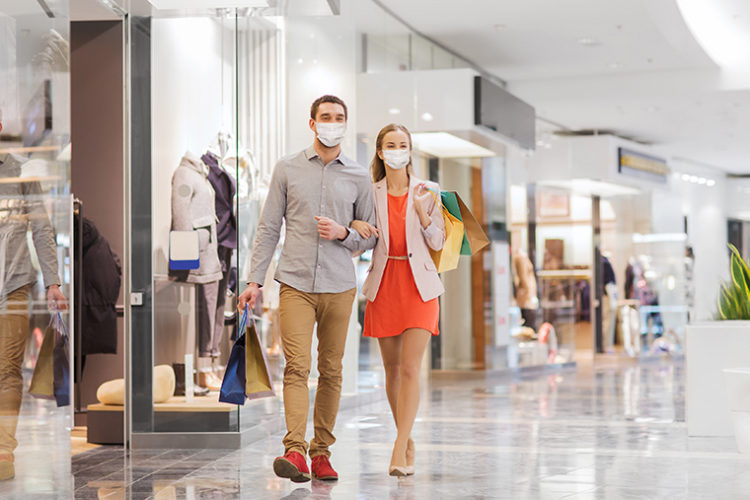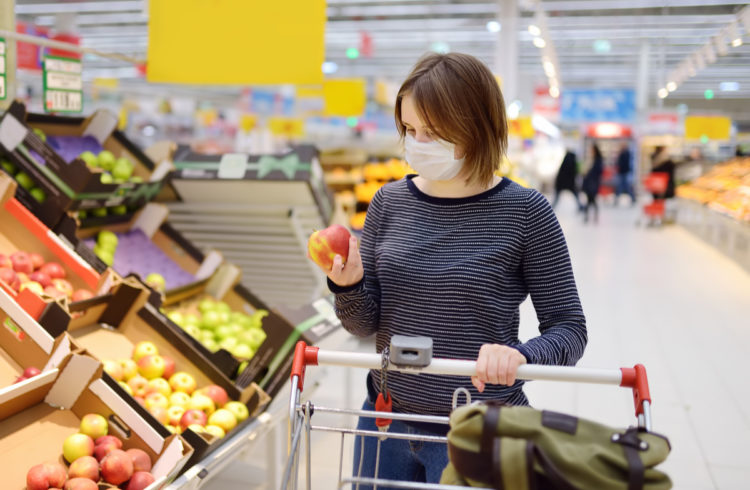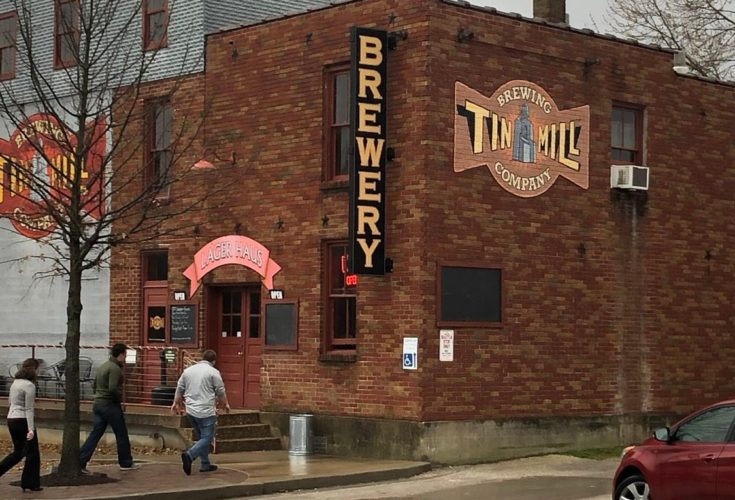Something is out to kill you. How do you react? Do you respond based on whether you’re a Republican or a Democrat?
“One would hope that when your life is on the line that partisanship drops out, right?” said Olin’s John Barrios, assistant professor of accounting.

Wrong. It doesn’t. Not according to Barrios’ National Bureau of Economic Research working paper titled “Risk Perception Through the Lens of Politics in the Time of the COVID-19 Pandemic.”
Barrios coauthored the paper with Yael Hochberg of Rice University.
As COVID-19 began its epic march across the United States, politicians and commentators were divided on the severity of the public health threat. Barrios and Hochberg examined people’s behavior whose perceptions of risk were informed by the news media and those of the partisan leaders. They found that the partisan divide was reflected in the social-distancing behavior of individuals.
Their research shows that a higher share of Trump voters in a county is associated with lower perceptions of risk during the pandemic. As the share of Trump voters rises, individuals search less for information on the virus. They also engage in less social distancing behavior, as measured by smartphone location patterns.
Why patterns reverse
The patterns persist in the face of state-level mandates to close schools and businesses or to stay at home. They reverse only when conservative politicians are exposed to the virus or when the White House releases federal social distancing guidelines.
“Perception really matters in terms of how you behave,” Barrios said. “And it’s even more important in these epidemics because of the externalities that our behavior has.”
Some might be very cautious because they perceive COVID-19 as dangerous. “Yet if my neighbor doesn’t really care, it doesn’t matter how much I stay in my apartment if he knocks on the door after he’s been walking around the whole of Chicago,” Barrios said.
Barrios set out to understand how individuals perceive the guidance from both the Centers for Disease Control and Prevention and those in political power. “Our idea was: To what extent would we observe differences in the behavior of these individuals? Given that the political party in power at this point is a Republican president, while the House (of Representatives) is Democratic.”
Even after controlling for economic characteristics in an area and the actual risk of contracting COVID-19, “we still observe a difference between high-Trump areas versus low-Trump areas,” Barrios said.
Over the course of the pandemic, governments have issued various directives regarding closing nonessential businesses and schools and sheltering in place. On March 16, federal guidelines for social distancing for a 15-day period were announced. Compliance with the directives varied substantially across counties with high and low shares of Trump voters. “In high Trump voter share counties, there is a significantly lower reduction in both average daily distance traveled and in visits to nonessential businesses,” Barrios said.
Those patterns shifted dramatically once the pandemic began affecting Republican politicians. Barrios’ paper notes the emergence of COVID-19 infections among participants at the annual Conservative Political Action Conference early this year. On March 9, Texas Sen. Ted Cruz and the chairman of CPAC self-quarantined after exposure to someone with COVID. After that announcement, people in counties with high Trump voter shares shifted their behavior. They reduced daily distance traveled and visits to nonessential businesses.
“They’re kind of catching up,” Barrios said. “Democrat areas in the same time period are still becoming more conservative, they’re social distancing more. It’s just that Republican areas are now doing it at a higher rate because they’re catching up because they’re taking it seriously.”
Same risk, different perspectives
Barrios said “it’s worrying” that partisanship affects compliance with public health policy. “We’re not saying that the Democrats were right or Republicans were right. We’re simply saying that it’s very noteworthy that despite being exposed to the same risk, we still see different perspectives,” he said.
“Our main point is: If you want to think about policy and compliance in this voluntary, free society that we live in, the sources of this information matter and affect how we perceive that information,” Barrios said.
“And the fact that we have either news sources or political leaders that have diametrically opposed views on subjects, for whatever reason, seems to affect the behavior of individuals in ways that have real consequences—in this case, human lives.”












